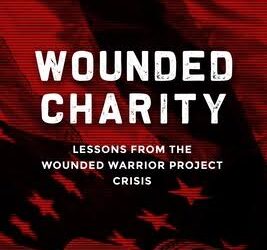You know the story. Maybe it’s the one about the orphan child from a war-torn country whose only hope of survival is you. . . or the one about the elderly woman scammed out of her life’s savings who can’t keep her house unless you donate now. . . or the one about the terminally ill teen who can only attend his school prom if you donate to help him buy a tuxedo.
When, many moons ago, your organization first debuted it in fundraising appeals, it worked like gangbusters. Donations exceeded your goals. And so, it became a workhorse, returning year after year — allowing donors to feel good about their role in lifting some poor, malnourished, desperate, individual out of poverty or trauma or disease.
At Impact Communications, as a part of our ongoing work towards justice, equity, diversity, and inclusion, we’ve made it a priority to center the dignity of all people — in person, and in writing.
This means reframing some of the old tried-and-true narratives — the ones that had the donor poised as the hero, dashing in with a mighty check that will reverse the misfortune and tragedy that would otherwise befall the people you serve. (For the more grammatically-minded, consider how, in the old paradigms, the donor was often the subject of the action while the constituent was often the object.) We can keep telling powerful stories in our fundraising . . . but we must do so in ways that affirm the humanity, dignity, and strength of the people involved.
Because the donor’s role is still crucial to the important work you do. But so is the perseverance of the people you serve. And the more we can center that balance at every opportunity — including fundraising appeals — the more we are helping to foster equitable, empathetic relationships within the many parts of our communities.
The hard truth? In the short term, yeah, nixing that workhorse appeal might cost your organization some donations. But as donors grow more committed to advancing justice, equity, diversity, and inclusion with their dollars, it makes sense to begin changing the donor-as-savior narrative.
Because let’s face it — your constituents? Well, they’re kind of amazing. They’ve fled hurricanes, fought on the front lines of wars, battled life-threatening disease. They’ve lived through genocides, raised families with only the scarcest of resources, and overcome gender-based violence. They have, time and time again, demonstrated their agency, vitality, and strength.
And who wouldn’t want to support that?




0 Comments